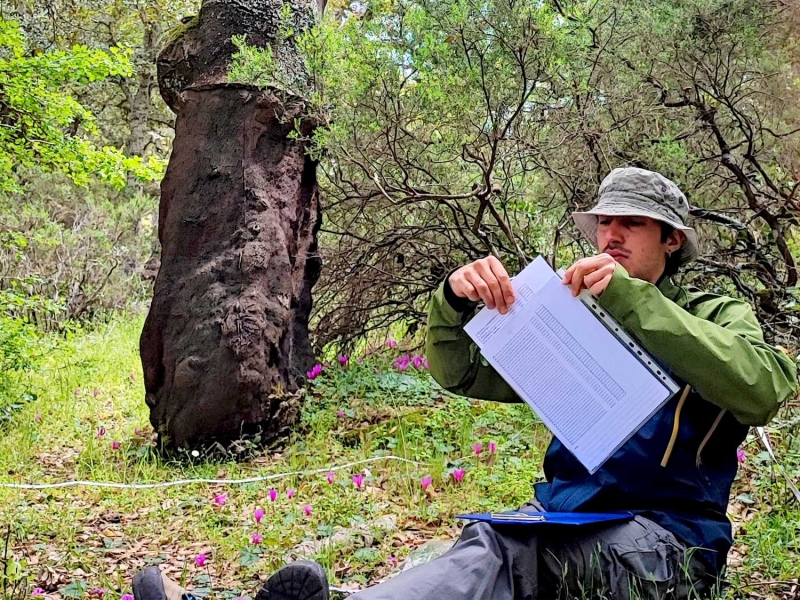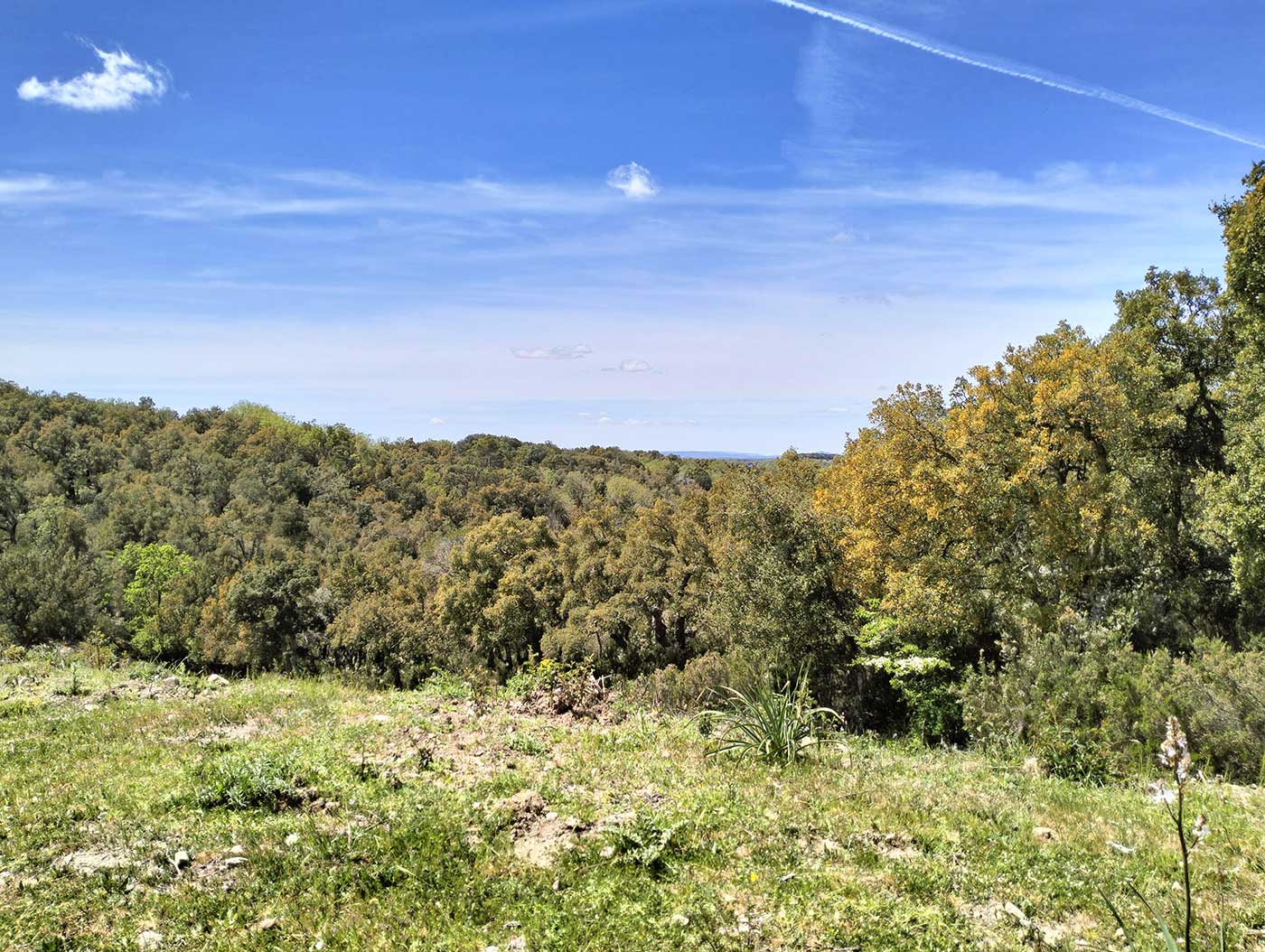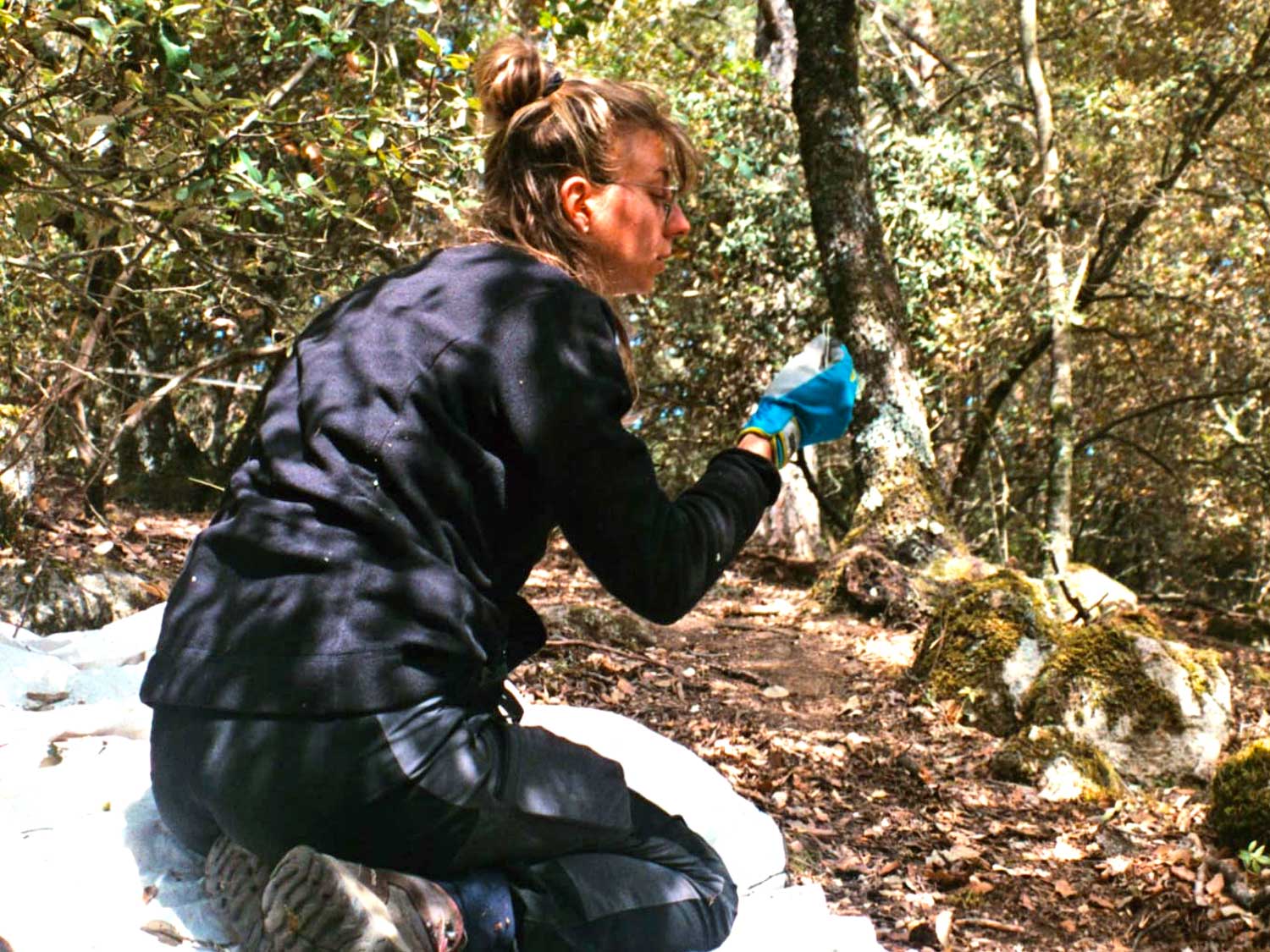Share

As part of the GoProForMed project, several theses have been developed to further investigate the target habitats of the project. Here, we present the abstract of Francesco Di Pietro's thesis entitled "Influence of structural attributes on diagnostic plant species of Mediterranean forest habitats," completed at the Faculty of Mathematics, Physics and Natural Sciences, Department of Earth Sciences of the Sapienza University of Rome.
Abstract
Mediterranean forests are a biodiversity hotspot, which host 245 tree species, of which 46 are endemic to the Mediterranean basin. This highly diversified forest landscape, in addition to having been intensely subjected to the millenary influence of human activities, is currently threatened by the negative effects of climate change in the form of heat waves and increasing drought. The Habitats Directive is the main European policy for biodiversity and habitat conservation, where diagnostic species lists play a key role in identifying habitats and assessing their conservation status. However, the EUR 28 Habitat Interpretation Manual, which lists habitat diagnostic species, not always provides sufficient information to draw up a complete assessment. The aims of this thesis was:
- to establish a representative list of diagnostic plant species, representative for the whole Mediterranean biogeographic region, for four forest habitats (9330, 9340, 9530*, 9260) considered in Annex I of Habitats Directive;
- to understand how variations in forest structure may affect the presence and cover of diagnostic species. In order to reach this goal, sixty-six forest plots were set up and investigated in three Mediterranean countries (Italy, Spain and France).
Ecological and chorological analyses showed that the therophytic component, traditionally not considered diagnostic in forest context, may become distinctive for identifying some traditionally manage Mediterranean forest habitats. At the same time mesophilous species typical of temperate deciduous forests, normally underrepresented compared to thermophilic species in Mediterranean forest habitats, may become diagnostic for assessing possible habitat changes over time due to global warming. The results obtained through linear mixed models and regression trees showed that structural variables closely related to the canopy heterogeneity, i.e. tree species richness and canopy porosity act as those, that more than others, play a major role in determining the presence and cover percentages of diagnostic species in the forest habitats investigated.











